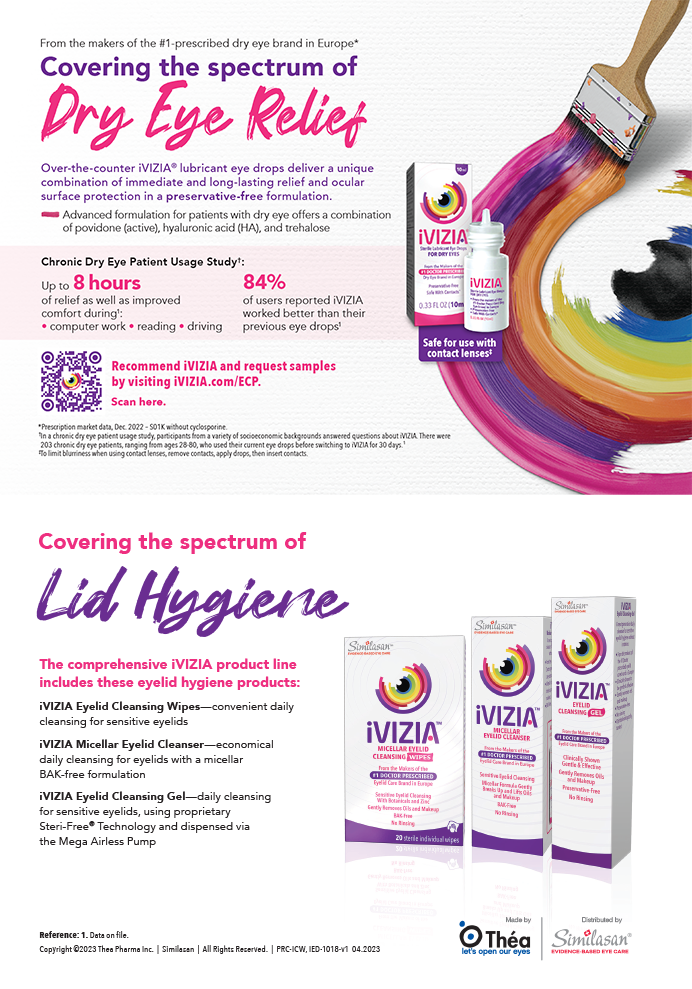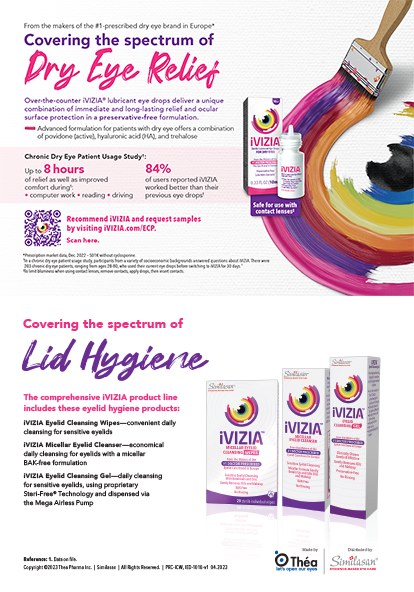Why do I take the unpopular side of the LASIK argument? In 1998, I took leave from a full-time position at Cornell University to work with a company called Lasik Vision, which had one clinic in Vancouver. Their expansion strategy included direct marketing and extreme low pricing, which produced very high volumes of surgery. I accepted that job with the best of intentions as a physician—to help Lasik Vision create a multiclinic refractive surgical system, with standardized operating procedures based on the highest possible standard of care. However, this debate is not about whether quality of care correlates with the price of LASIK. This debate asks the question whether premium or subpremium pricing in LASIK is better for the health of ophthalmology.
Defining Terms
For the sake of this argument, it is important to keep in mind that there are four main interest groups within ophthalmology that are affected differently by the pricing of LASIK: (1) refractive surgery as a specialty; (2) ophthalmologists (and by extension, optometrists); (3) patients receiving eye care; and (4) industry, or the companies supplying the products.
Price vs. Volume
We all know that price and volume (or demand) are negatively correlated. The higher the price of an item, the lower its demand, and vice versa. I've classified price into premium, subpremium (what I am proposing), and low pricing. We need to consider how each of these pricing levels affects each of the four identified groups of ophthalmology. Consider the specialty of refractive surgery. Clearly, that interest group will benefit from higher volumes and better quality surgical skill. Now consider ophthalmologists themselves, who will benefit the most when premium pricing yields premium profit margins. What about industry? On a per-procedure basis, industry also makes gains when volumes are higher. On the other hand, if procedural costs fall too low, it creates downward pressure on industry's own pricing structures. If companies' per procedure revenues decrease, it could affect R&D dollars and raise quality issues. Therefore, industry is better off with subpremium pricing than with very low pricing.
The middle ground
I do not know what magic price point will provide all four of the interest groups with the appropriate return on investment. I am convinced, however, that if all LASIK providers charge a premium price for LASIK, it will not benefit ophthalmology, just as pricing that is too low will negatively impact it. Ultimately, the market will decide the mean price of LASIK and other refractive surgical procedures. It is important to emphasize that I am discussing a mean price, and that there will surely be some who charge premium fees and some who charge below the mean.
LASIK's value to the patient
I believe the pricing of LASIK will have to obey the laws of economic theory, and that the mean price will not be at premium. In the end, however, the value of this miracle procedure to the individual patient will always have room to float up from a basic business model equation price, because of the very subjective, individual perception in the patient's mind as to the value of LASIK surgery to him or her. This is where the doctor-patient relationship and the practice of good medicine come into play.
I would like to finish with a personal anecdote. Our family recently moved to London, England, after spending the summer in New York looking after patients who were left behind by the Lasik Vision bankruptcy. Two weeks before we left, I received an e-mail from one of the diplomats from the Swiss mission at the UN. She was interested in undergoing LASIK, and after explaining to her that I would not be able to stay for her postoperative treatment, she insisted that she would rather undergo surgery with me before I left, and continue her postoperative care with one of my associates. When she asked about my fees, I explained to her that it was $5,000. The day following the surgery, after she was measuring 20/15 vision in the right eye and 20/20-1 vision in the left, she said, “Thank you so much. That was the best $5,000 I've ever spent.”


